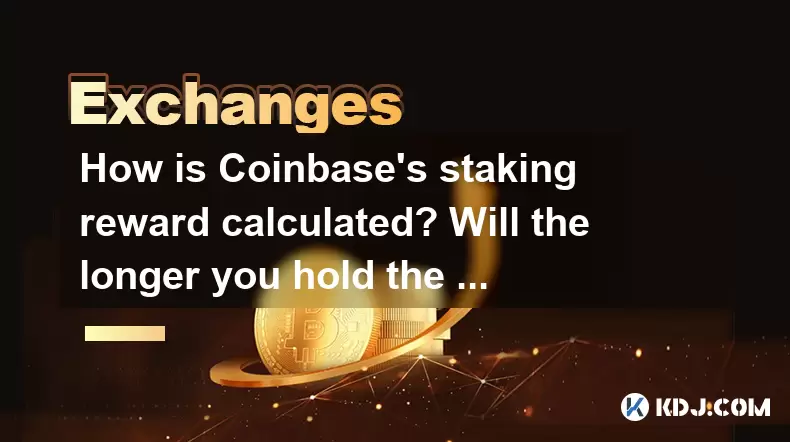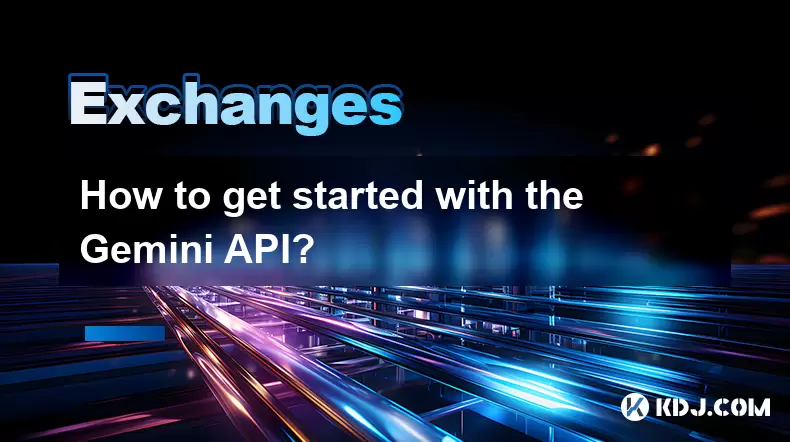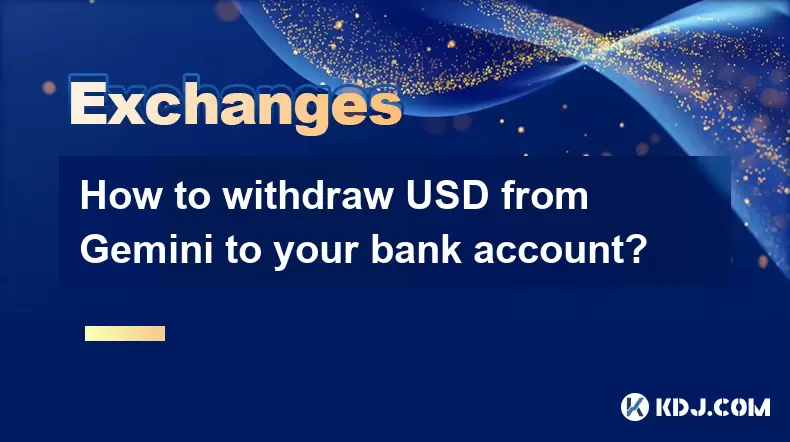-
 Bitcoin
Bitcoin $115000
0.12% -
 Ethereum
Ethereum $3701
4.50% -
 XRP
XRP $3.081
2.99% -
 Tether USDt
Tether USDt $0.0000
-0.01% -
 BNB
BNB $767.9
1.45% -
 Solana
Solana $169.5
3.13% -
 USDC
USDC $0.9999
0.01% -
 Dogecoin
Dogecoin $0.2106
4.30% -
 TRON
TRON $0.3334
1.62% -
 Cardano
Cardano $0.7564
2.54% -
 Stellar
Stellar $0.4165
0.76% -
 Hyperliquid
Hyperliquid $38.75
0.25% -
 Sui
Sui $3.593
3.00% -
 Chainlink
Chainlink $17.08
3.59% -
 Bitcoin Cash
Bitcoin Cash $573.6
4.35% -
 Hedera
Hedera $0.2508
-0.84% -
 Avalanche
Avalanche $23.07
6.46% -
 Ethena USDe
Ethena USDe $1.001
-0.02% -
 Litecoin
Litecoin $120.8
8.17% -
 UNUS SED LEO
UNUS SED LEO $8.943
-0.32% -
 Toncoin
Toncoin $3.400
-5.60% -
 Shiba Inu
Shiba Inu $0.00001255
1.54% -
 Uniswap
Uniswap $9.908
6.32% -
 Polkadot
Polkadot $3.718
2.10% -
 Monero
Monero $303.0
-0.74% -
 Dai
Dai $0.9999
-0.02% -
 Bitget Token
Bitget Token $4.392
0.91% -
 Cronos
Cronos $0.1403
6.31% -
 Pepe
Pepe $0.00001076
1.13% -
 Aave
Aave $267.2
1.80%
How is Coinbase's staking reward calculated? Will the longer you hold the coins, the higher the return?
Coinbase allows users to stake PoS cryptocurrencies like ETH and ATOM, earning rewards based on network APY, pool size, and Coinbase's service fee.
Jun 12, 2025 at 04:29 am

Understanding Coinbase's Staking Mechanism
Staking on Coinbase involves locking up certain proof-of-stake (PoS) cryptocurrencies to support the network and, in return, earning rewards. This process is facilitated through Coinbase's staking service, which allows users to delegate their coins without having to run their own validator node. The platform supports several PoS assets such as Ethereum (ETH), Cosmos (ATOM), Tezos (XTZ), and others.
When a user stakes via Coinbase, they are essentially contributing their funds to a larger pool managed by Coinbase. These pools help validate transactions and secure the blockchain. In exchange for this contribution, users receive staking rewards, typically paid out daily or weekly depending on the asset.
The actual calculation of these rewards can vary based on several factors including the total amount of assets being staked globally, the specific protocol's inflation rate, and the individual user's stake size relative to the total pool.
How Are Staking Rewards Calculated?
The formula used to calculate Coinbase staking rewards is generally based on an annualized percentage yield (APY). However, it’s important to note that this APY is not fixed and can fluctuate over time due to changes in the network conditions. Here's how it typically works:
- Each network has its own method of distributing rewards.
- Coinbase calculates the share of rewards each user receives based on the proportion of their stake compared to the total staked in the pool.
- Rewards are distributed after accounting for Coinbase's service fee, which varies per asset.
For example, if the Ethereum network issues 1 ETH in rewards per day and Coinbase controls 10% of the total staked supply, then Coinbase would receive 0.1 ETH per day. This reward is then split among all users who have staked ETH with Coinbase, proportional to their individual holdings.
Does Holding Coins Longer Increase Returns?
One common question is whether holding staked coins longer leads to higher returns. In terms of cumulative earnings, yes — the longer you keep your coins staked, the more rewards you will accumulate over time. However, the rate of return (APY) does not increase with time. Instead, the APY may go up or down based on network dynamics, such as changes in the number of validators or adjustments in block rewards.
It's also worth noting that some networks impose penalties for early unstaking or slashing conditions, especially in cases where validators behave maliciously or fail to perform their duties properly. On Coinbase, however, users are not directly penalized for unstaking, since they do not operate the validator themselves.
What Impacts the Staking APY on Coinbase?
Several variables influence the annual percentage yield (APY) offered by Coinbase for staking:
- Network Inflation Rate: Many PoS networks use inflationary models to incentivize stakers. As more coins enter circulation, the reward rate may decrease over time.
- Total Staked Supply: If more people stake their coins, the individual share of rewards decreases because the same number of new coins is being distributed across more participants.
- Validator Performance: The efficiency and uptime of Coinbase's validator nodes affect the consistency of rewards.
- Market Conditions: Some protocols adjust staking rewards based on usage or congestion levels.
Users should expect to see fluctuating APYs when reviewing their staking dashboard on Coinbase. It’s not uncommon for APYs to change from week to week or even day to day.
How to Stake on Coinbase: A Step-by-Step Guide
If you're ready to start staking on Coinbase, here's how to do it:
- Ensure your account is verified and eligible for staking services.
- Navigate to the "Staking" section within your Coinbase app or website.
- Choose a supported cryptocurrency that you’d like to stake.
- Click on the “Stake” button next to the asset.
- Enter the amount of coins you wish to stake.
- Confirm the transaction and agree to any terms or fees associated with staking that particular asset.
Once staked, your coins will begin earning rewards immediately, though the first payout may take a few days depending on the network’s reward distribution schedule.
You can monitor your staking activity under the “Rewards” tab, where you’ll see a breakdown of your daily or weekly earnings.
Frequently Asked Questions (FAQ)
Q: Can I unstake my coins anytime on Coinbase?
A: Yes, most assets allow for unstaking at any time, but there may be a waiting period before the funds become available for withdrawal. For instance, Ethereum requires a multi-day unbonding period.
Q: Does Coinbase charge fees for staking?
A: Yes, Coinbase retains a portion of the staking rewards as a service fee. The exact percentage varies depending on the asset being staked.
Q: Is staking on Coinbase safe?
A: Coinbase uses enterprise-grade infrastructure to secure staked assets. However, as with any investment in crypto, there are risks related to market volatility and potential network-level events.
Q: Do I retain ownership of my coins while staking?
A: Yes, you continue to own your coins while they are staked. They remain on your account but are locked for the duration of the staking period.
Disclaimer:info@kdj.com
The information provided is not trading advice. kdj.com does not assume any responsibility for any investments made based on the information provided in this article. Cryptocurrencies are highly volatile and it is highly recommended that you invest with caution after thorough research!
If you believe that the content used on this website infringes your copyright, please contact us immediately (info@kdj.com) and we will delete it promptly.
- Velo Universe, DEX, and DeFi Security: Navigating the Future of Decentralized Trading
- 2025-08-05 09:25:13
- Bitget Wallet Revolutionizes Solana with Gas-Free Transactions: A New Era for DeFi
- 2025-08-05 09:25:13
- Ozak AI, Crypto Boom, and ROI Potential: Is This the Next Big Thing?
- 2025-08-05 09:25:24
- Solana's ETF Hopes & the All-Time High Chase: Is SOL Set to Soar?
- 2025-08-05 09:25:24
- Coinbase's Brian Armstrong and the Art of Focused Work: A Deep Dive
- 2025-08-05 09:25:30
- Uniswap Price Prediction: Bullish Reversal on the Horizon?
- 2025-08-05 09:25:30
Related knowledge

How to set and manage alerts on the Gemini app?
Aug 03,2025 at 11:00am
Understanding the Gemini App Alert SystemThe Gemini app offers users a powerful way to stay informed about their cryptocurrency holdings, price moveme...

How to use the Gemini mobile app to trade on the go?
Aug 04,2025 at 09:14am
Setting Up the Gemini Mobile AppTo begin trading on the go using the Gemini mobile app, the first step is installing the application on your smartphon...

What to do if you forgot your Gemini password?
Aug 04,2025 at 03:42am
Understanding the Role of Passwords in Gemini AccountsWhen using Gemini, a regulated cryptocurrency exchange platform, your password serves as one of ...

What are the websocket feeds available from the Gemini API?
Aug 03,2025 at 07:43pm
Overview of Gemini WebSocket FeedsThe Gemini API provides real-time market data through its WebSocket feeds, enabling developers and traders to receiv...

How to get started with the Gemini API?
Aug 05,2025 at 12:35pm
Understanding the Gemini API and Its PurposeThe Gemini API is a powerful interface provided by the cryptocurrency exchange Gemini, enabling developers...

How to withdraw USD from Gemini to your bank account?
Aug 04,2025 at 11:01am
Understanding Gemini and USD WithdrawalsGemini is a regulated cryptocurrency exchange platform that allows users to buy, sell, trade, and store digita...

How to set and manage alerts on the Gemini app?
Aug 03,2025 at 11:00am
Understanding the Gemini App Alert SystemThe Gemini app offers users a powerful way to stay informed about their cryptocurrency holdings, price moveme...

How to use the Gemini mobile app to trade on the go?
Aug 04,2025 at 09:14am
Setting Up the Gemini Mobile AppTo begin trading on the go using the Gemini mobile app, the first step is installing the application on your smartphon...

What to do if you forgot your Gemini password?
Aug 04,2025 at 03:42am
Understanding the Role of Passwords in Gemini AccountsWhen using Gemini, a regulated cryptocurrency exchange platform, your password serves as one of ...

What are the websocket feeds available from the Gemini API?
Aug 03,2025 at 07:43pm
Overview of Gemini WebSocket FeedsThe Gemini API provides real-time market data through its WebSocket feeds, enabling developers and traders to receiv...

How to get started with the Gemini API?
Aug 05,2025 at 12:35pm
Understanding the Gemini API and Its PurposeThe Gemini API is a powerful interface provided by the cryptocurrency exchange Gemini, enabling developers...

How to withdraw USD from Gemini to your bank account?
Aug 04,2025 at 11:01am
Understanding Gemini and USD WithdrawalsGemini is a regulated cryptocurrency exchange platform that allows users to buy, sell, trade, and store digita...
See all articles

























































































